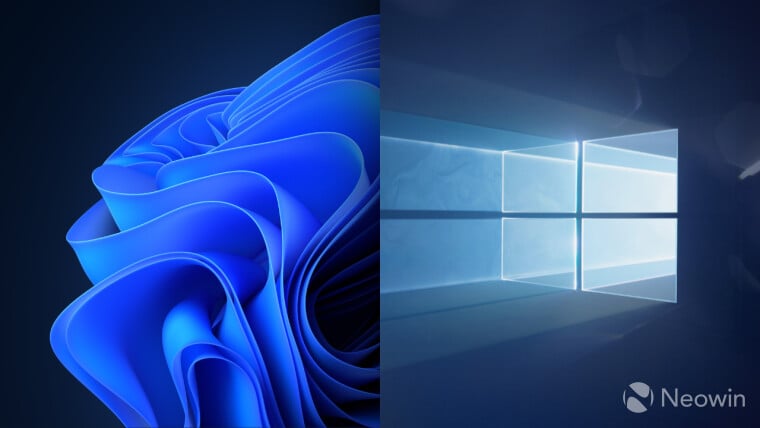Let’s put it this way; when Microsoft announced its plans to start adding features to Windows 10 once again, despite the operating system’s inevitable demise in October 2025, everyone expected slightly different things to see ported over from Windows 11. Sadly, the latest addition to Windows 10 is one of the most annoying changes coming from Windows 11’s Start menu.
Earlier this year, Microsoft introduced a so-called “Account Manager” for Windows 11 that appears on the screen when you click your profile picture on the Start menu. Instead of just showing you buttons for logging out, locking your device or switching profiles, it displays Microsoft 365 ads. All the actually useful buttons are now hidden behind a three-dot submenu (apparently, my 43-inch display does not have enough space to accommodate them). Now, the “Account Manager” is coming to Windows 10 users.
The change was spotted in the latest Windows 10 preview builds from the Beta and Release Preview Channels. It works in the same way as Windows 11, and it is disabled by default for now because the submenu with sign-out and lock buttons does not work.



Some advice for anyone who is seriously considering a move away from Windows:
For reference, there’s a lot of diversity among people running Linux, from software developers to secretaries, from children to octogenarians. I imagine it’s easier for kids, since they don’t have as much to un-learn, but the Grandparents in my family switched to it from Windows and didn’t want to go back. If they can do it, I think it’s fair to say that many others can, too.
I think it’s now overstated how “different” Linux is. I switched to Mint about a year ago and there is basically zero learning curve right out the box.
This is the most sane run down I’ve seen on Lemmy in regards to Linux. Thank you for this.